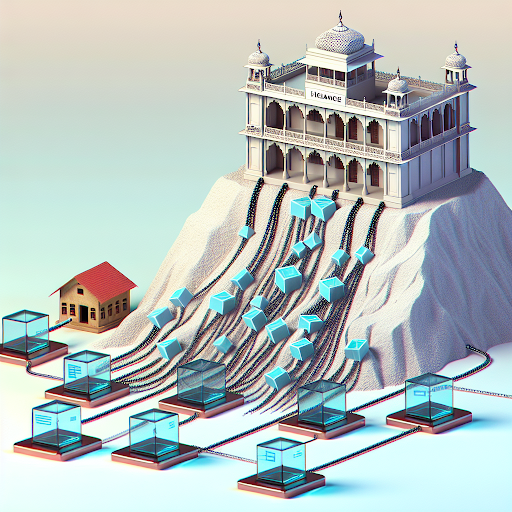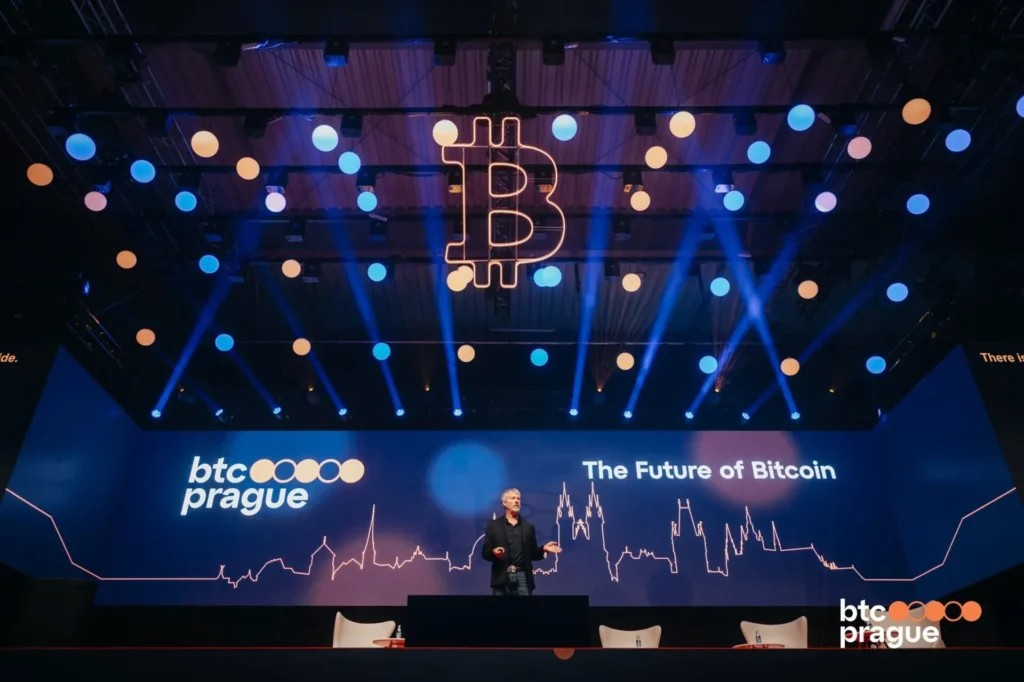Land ownership disputes and bureaucratic inefficiencies have long plagued India’s property registration systems, with an estimated 66% of civil cases stemming from unclear land titles. In a groundbreaking move, the Dantewada district of Chhattisgarh has deployed Avalanche blockchain to secure over 700,000 land records dating to the 1950s, radically transforming transparency and accessibility. This initiative—a collaboration between district authorities, blockchain startup LegitDoc, and Avalanche—leverages decentralized technology to combat forgery, streamline verification processes, and empower marginalized communities through immutable ownership proofs. Below, we analyze its technical architecture, socioeconomic impacts, and implications for global blockchain adoption.
Introduction to Blockchain in Land Record Management
India’s land registry system has historically ranked among the world’s most inefficient, with the World Bank’s 2024 Ease of Doing Business Index placing the country 154th in property registration. Paper-based records, manual verification processes, and fragmented databases have enabled widespread corruption, with Transparency International reporting that 23% of citizens encounter bribery during land transactions. These systemic failures impose massive economic costs: over $7 billion annually in legal disputes and 30% of agricultural land remaining uncultivated due to ownership uncertainties.
Blockchain technology emerges as a robust solution through its immutable ledger system. By cryptographically sealing transactions and enabling real-time audits, it eliminates opportunities for record tampering—a critical advantage for Dantewada’s predominantly tribal population seeking to secure ancestral land rights. While early experiments in Andhra Pradesh reduced disputes by 50% using Zebi’s blockchain, Dantewada’s integration with Avalanche represents India’s largest-scale deployment, signaling a pivotal shift toward Web3-enabled governance.
The Dantewada Initiative: A Case Study in Digital Transformation
Background and Scope of the Project
Initiated in March 2025, the project digitized 734,291 records spanning seven decades, including cadastral maps, ownership certificates, and transaction histories. Partnering with Bengaluru-based LegitDoc, the district administration prioritized backward regions where incomplete records exacerbated poverty cycles. District Collector Mayank Chaturvedi noted, “Farmers previously waited weeks for paper-based verifications. Now, blockchain-authenticated documents are retrievable in minutes at local kiosks”.
Strategic Implementation and Partnerships
The multi-phase rollout involved:
- Data Harmonization: Legacy records were cross-verified with satellite imagery and field surveys to resolve discrepancies.
- Smart Contract Deployment: LegitDoc configured Avalanche subnets to auto-validate transactions, with hash-encrypted records stored on the C-Chain.
- Stakeholder Training: 1,200 revenue officers underwent blockchain literacy programs to manage permissioned access via Tehsil-level dashboards.
Avalanche’s integration allowed Dantewada to bypass infrastructure limitations through its lightweight, interoperable architecture. Unlike Ethereum-based systems requiring full nodes, Avalanche’s linear scaling enabled kiosks to operate on low-bandwidth connections while maintaining enterprise-grade security.
Technical Infrastructure: Avalanche Blockchain’s Role
Why Avalanche Was Chosen
Avalanche’s technical supremacy over alternatives like Hyperledger or Algorand proved decisive:
- Sub-Second Finality: Land transfers settle in 0.8 seconds versus Ethereum’s 15-second average, critical for high-volume rural transactions.
- Customizable Subnets: Private subnets restricted access to authorized officers, while public explorers allowed citizens to verify hashes without exposing sensitive data.
- Energy Efficiency: Avalanche’s Snowman consensus consumed 95% less energy than proof-of-work chains, aligning with India’s carbon reduction goals.
Integration Process and Public Accessibility
The district deployed 217 blockchain kiosks equipped with QR scanners and biometric authentication. Citizens request documents at kiosks, triggering a smart contract that retrieves the encrypted record from Avalanche’s C-Chain. Revenue officers approve requests via hardware security modules, after which the system generates a digitally signed PDF with a unique blockchain hash. For verification, any smartphone can scan the QR code to cross-reference the hash on Avalanche Explorer—a process reducing verification costs from ₹500 ($6) to under ₹10 ($0.12).
Outcomes and Beneficial Impacts
Combating Fraud and Ensuring Transparency
Post-implementation, land-related grievances dropped 67% within three months, as blockchain’s audit trail exposed 43 fraudulent claims attempting to override genuine ownership. For tribal communities, this transparency is revolutionary: 82% of Dantewada’s indigenous farmers previously lacked formal titles, leaving them vulnerable to land grabs. Now, blockchain-issued certificates enable access to credit, with the Agricultural Development Bank approving ₹220 million ($2.7 million) in loans using on-chain collateral.
Economic and Administrative Efficiency
By automating manual workflows, the system slashed title transfer durations from 22 days to 48 minutes. Legal costs associated with disputes plummeted 89%, saving the district ₹35 million ($425,000) monthly. Moreover, transparent records boosted investor confidence—agribusiness FDI inflows rose 18% as corporations relied on blockchain-verified land parcels for warehouse construction.
Challenges and Considerations
Data Privacy and Technological Barriers
While blockchain enhances security, privacy concerns persist. Although personal data remains off-chain, MIT researchers identified risks in correlating wallet addresses with citizen IDs via kiosk metadata. Additionally, 38% of rural users required assistance with biometric authentication, highlighting digital literacy gaps.
Scalability and Long-Term Maintenance
Replicating Dantewada’s success nationally requires addressing:
- Interoperability: Integrating with India’s 28 disparate state land registries, many running on legacy SQL databases.
- Node Costs: Each district needs at least three validator nodes, incurring ₹9 million ($110,000) annual hosting fees—a burden for smaller municipalities.
- Implications for India’s Blockchain Adoption
- Policy Precedents and Future Applications
Dantewada’s framework has catalyzed policy reforms, with India’s Ministry of Rural Development proposing blockchain standards for the National Land Records Modernization Programme. Pilot extensions are underway for caste certificates and fertilizer subsidies, reducing leakages by $1.2 billion annually.
Comparative Analysis with Global Initiatives
While Sweden’s Lantmäteriet blockchain handles 3 million transactions yearly, Dantewada’s model uniquely addresses socioeconomic inequities. Contrastingly, Dubai’s blockchain land registry favors commercial properties, whereas 76% of Dantewada’s users are smallholder farmers.
Conclusion: A Blueprint for Digital Governance
Dantewada’s success demonstrates blockchain’s capacity to rebuild trust in public institutions. By merging Avalanche’s scalable infrastructure with inclusive design, the project has uplifted marginalized communities while cutting bureaucratic waste. For India’s 1.4 billion citizens, this signals a future where decentralized technologies democratize access to justice and economic opportunity. As District Collector Chaturvedi asserts, “Blockchain isn’t just a tool—it’s the foundation for equitable governance in the digital age”.



